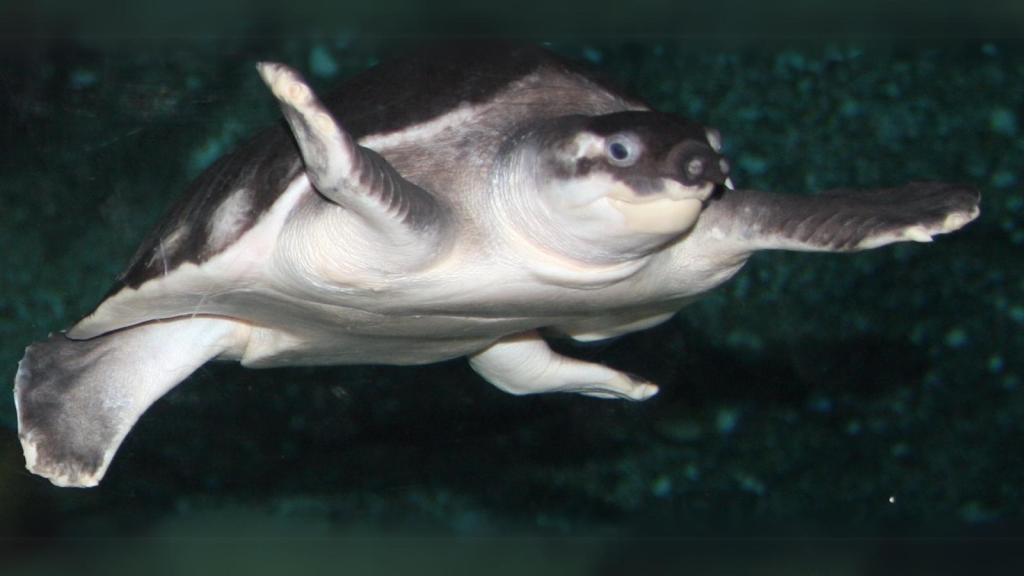While the depths of the oceans are famous for their bizarre inhabitants, freshwater environments harbour their own cast of peculiar characters. Rivers, lakes, and swamps across the globe are home to an astonishing array of creatures that seem to have swum straight out of a science fiction novel. From fish with transparent heads to salamanders that never grow up, these freshwater oddities challenge our imagination and expand our understanding of life’s adaptability. Prepare to be amazed as we explore 15 freshwater creatures that prove truth is often stranger than fiction. These aquatic aliens might be living in your local pond or stream, waiting to be discovered by curious nature enthusiasts.
Axolotl
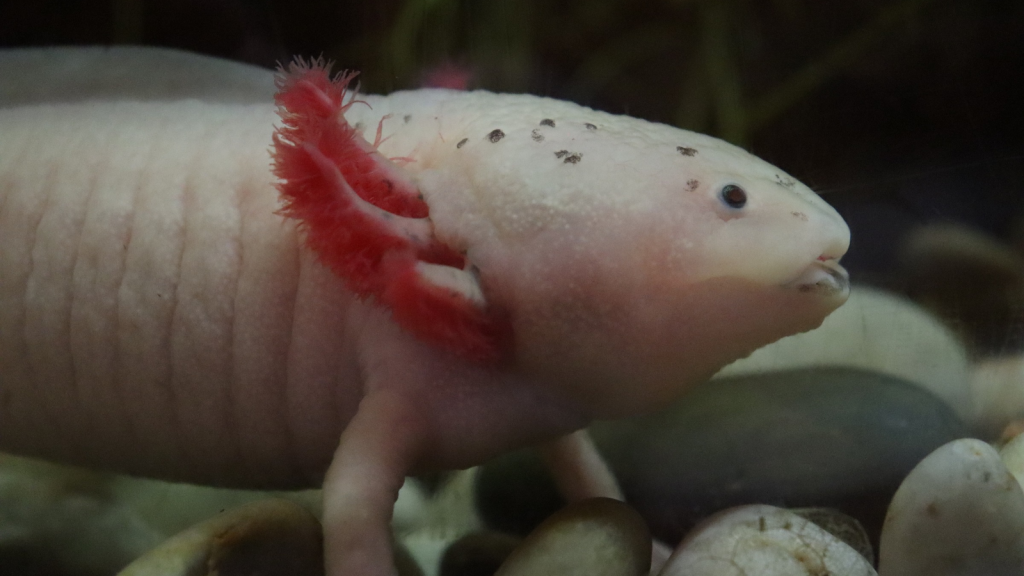
The axolotl, also known as the Mexican walking fish, is a salamander that never grows up. These creatures retain their juvenile features throughout their lives, including external gills that look like fancy headdresses. Axolotls have an extraordinary ability to regenerate lost body parts, including parts of their brain. Their perpetually youthful appearance and remarkable healing powers have made them a subject of scientific fascination.
Giant Isopod
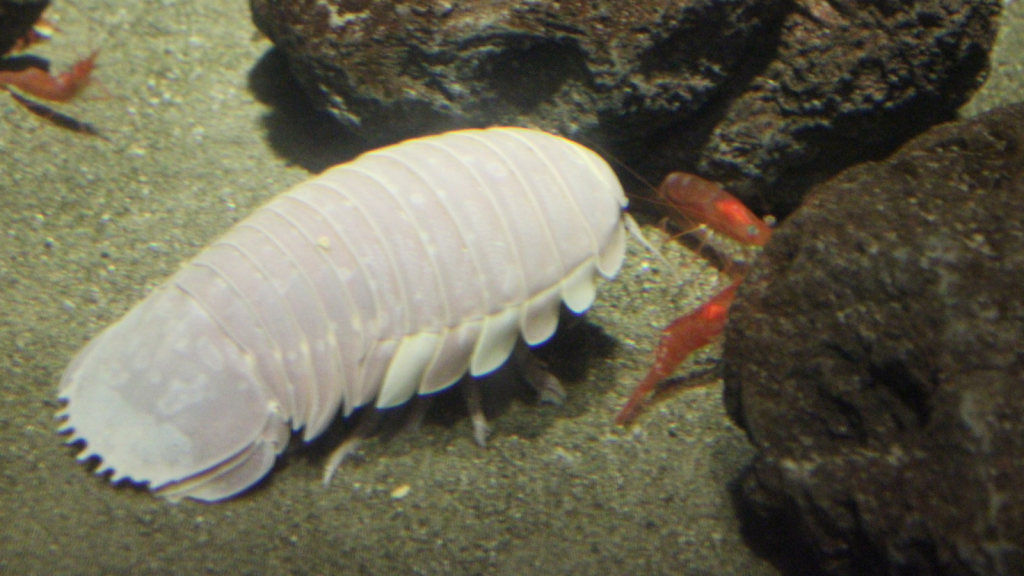
While most isopods are small crustaceans, the giant isopod can grow up to 76 centimetres long. These prehistoric-looking creatures inhabit the depths of large lakes and underground cave systems. With their armoured exoskeletons and multiple pairs of legs, giant isopods look like enormous woodlice. They can go for years without eating and are skilled scavengers in their dark, nutrient-poor environments.
African Lungfish
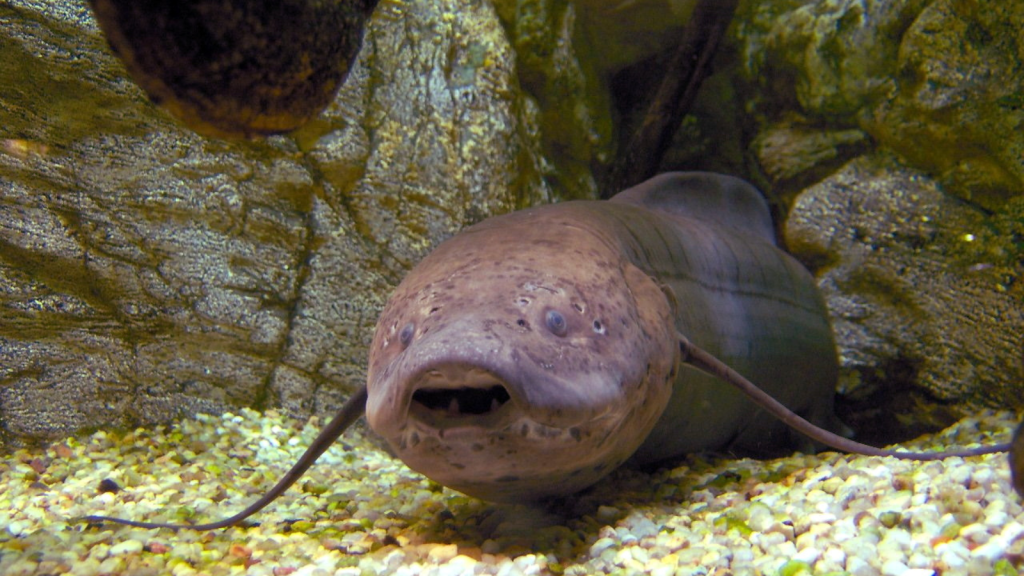
The African lungfish is a living fossil that can breathe air and survive out of water for years. During droughts, these fish burrow into the mud and secrete a mucus cocoon around themselves. They can remain dormant in this state for up to four years, slowly metabolising their own muscle tissue for energy. When rains return, the lungfish emerges from its cocoon, ready to swim and feed again.
Olm
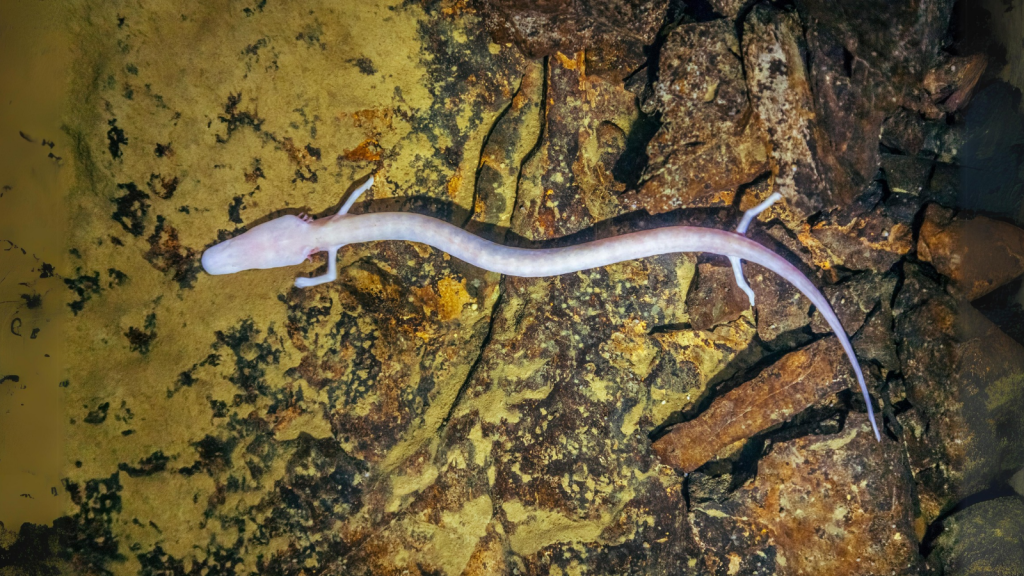
The olm, or proteus, is a blind salamander that lives in underground caves. These pale, pink creatures have retained their larval features into adulthood, including external gills and underdeveloped eyes. Olms can go without food for up to 10 years and have a lifespan of up to 100 years. Their ability to detect electrical fields helps them navigate and hunt in their pitch-black habitat.
Giant Chinese Salamander
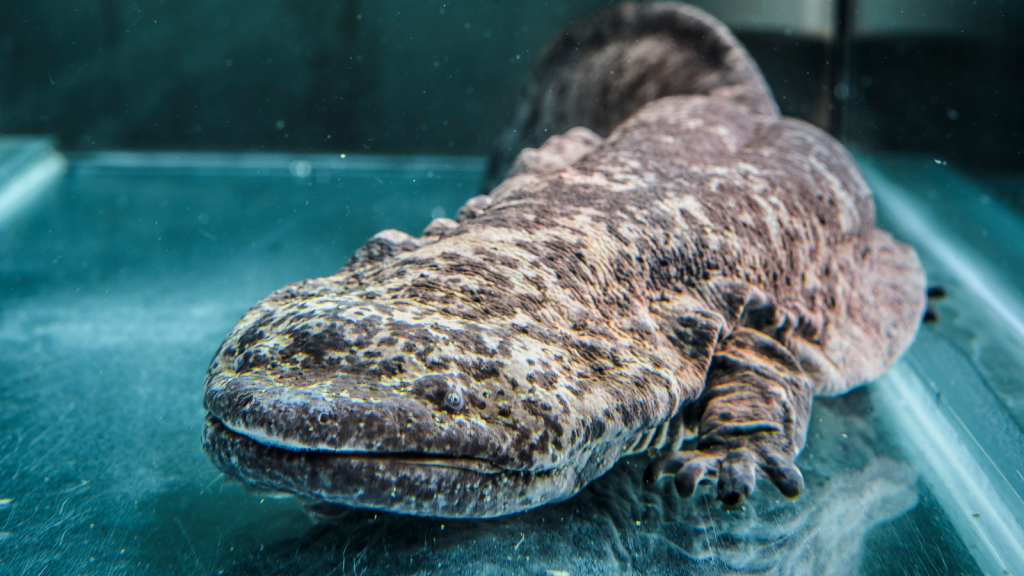
The giant Chinese salamander is the largest amphibian in the world, growing up to 1.8 metres in length. These bizarre creatures have wrinkled skin that helps them absorb oxygen from the water. Despite their size, giant Chinese salamanders are masters of camouflage, blending perfectly with the rocky river bottoms they inhabit. They can vocalize underwater, producing sounds that resemble a baby’s cry.
Candiru
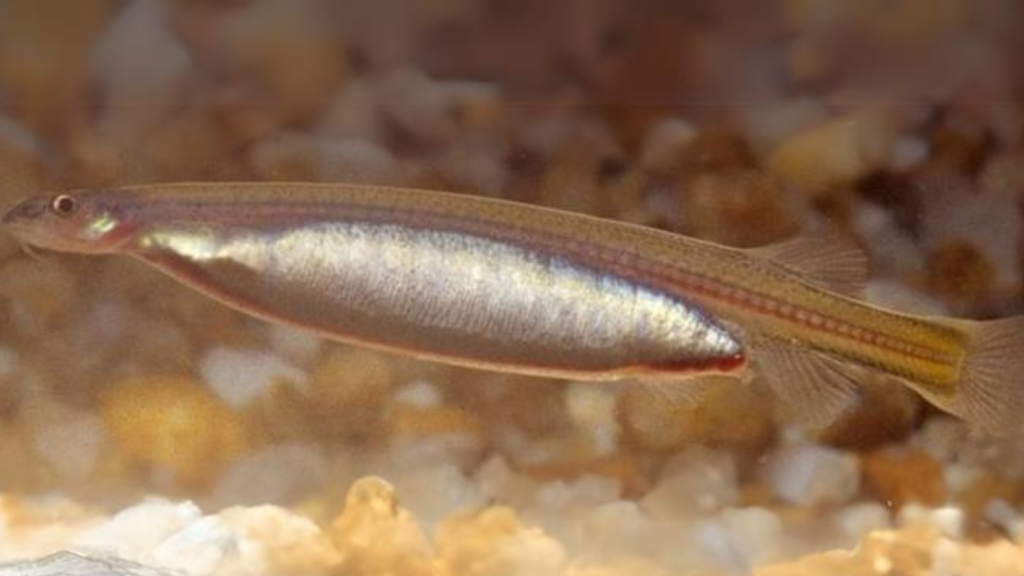
The candiru is a tiny catfish with a terrifying reputation. These translucent fish are parasites that typically feed on the blood of larger fish. Urban legends claim that candiru can swim up human urine streams and lodge themselves in unfortunate places, although these stories are largely unfounded. Nevertheless, the candiru’s needle-like teeth and parasitic lifestyle make it one of the most feared creatures in the Amazon River.
Lake Baikal Oilfish
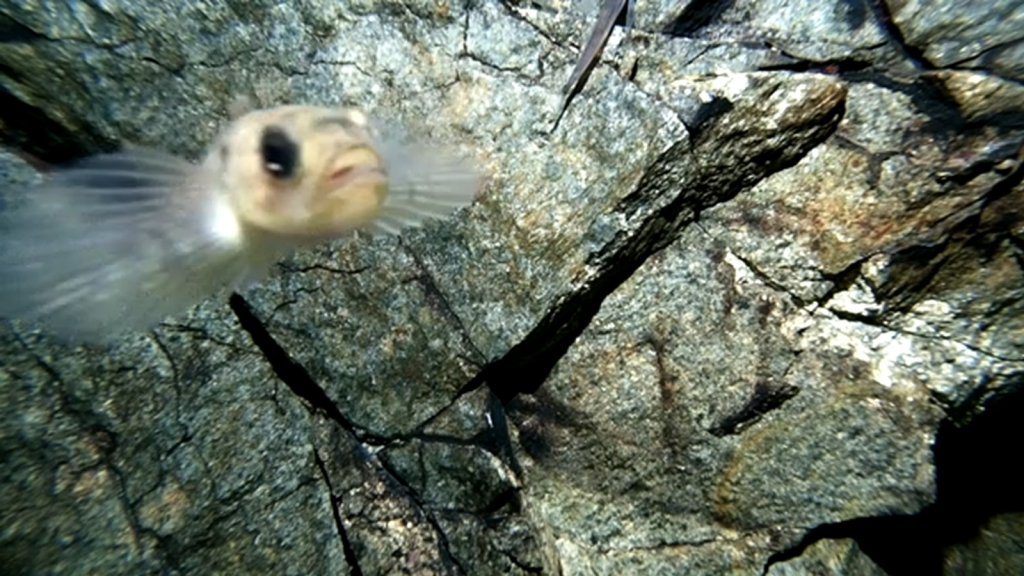
The Lake Baikal oilfish is a deep-water fish that’s almost entirely translucent. Its body is so full of lipids that it’s practically liquid at room temperature. These unusual fish live in the depths of Lake Baikal, the world’s deepest and oldest freshwater lake. The oilfish’s gelatinous body helps it withstand the extreme pressure of its deep-water habitat.
Pig-Nosed Turtle
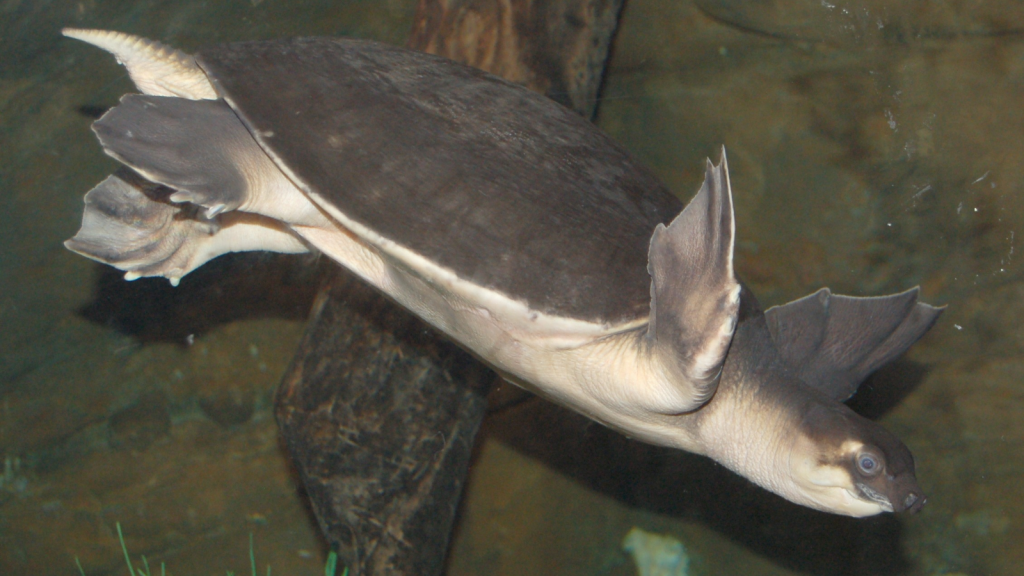
The pig-nosed turtle is the sole surviving member of its family, with a lineage stretching back 140 million years. As its name suggests, this turtle has a distinctive snout that looks like a pig’s nose. This unique feature is actually a snorkel, allowing the turtle to breathe while staying mostly submerged. Pig-nosed turtles are excellent swimmers, with flippers more similar to sea turtles than to other freshwater species.
Electric Eel
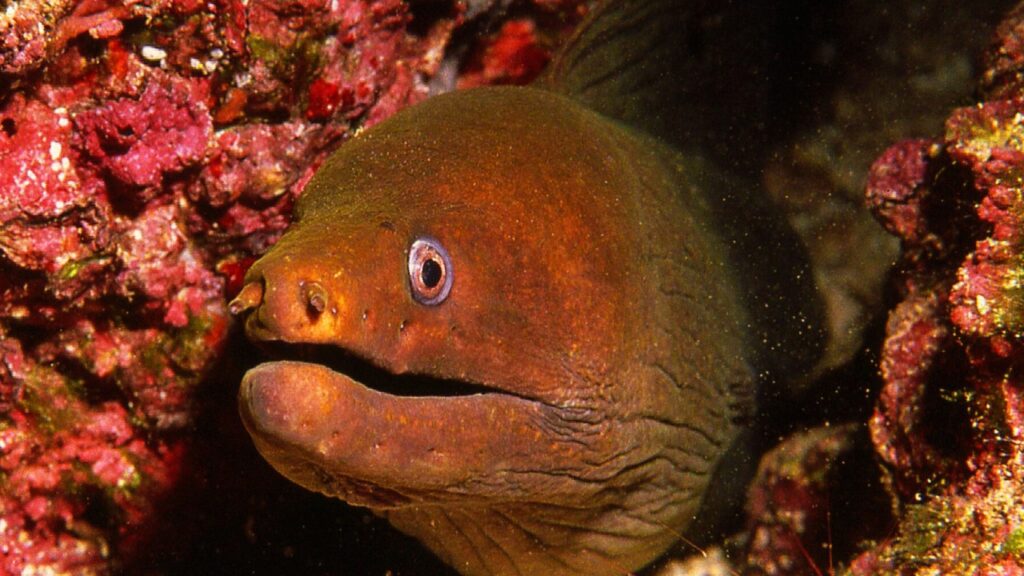
Despite its name, the electric eel is not an eel at all, but a type of knifefish. These amazing creatures can generate electric shocks of up to 860 volts, enough to stun a horse. Electric eels use their electrical abilities not just for hunting and self-defence, but also for navigation and communication. They can even leap out of the water to shock threats above the surface.
Ghost Knifefish
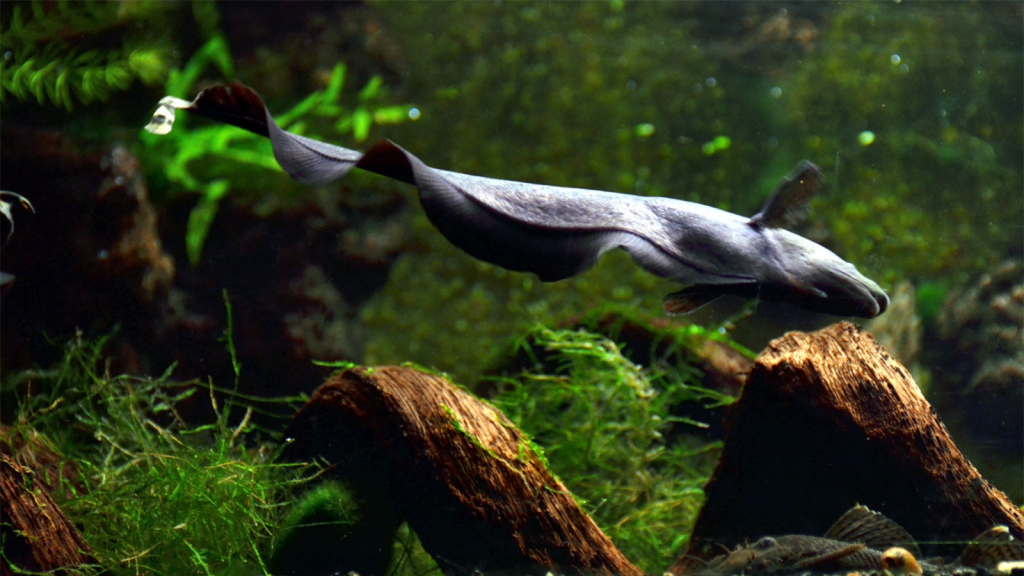
The ghost knifefish is a nocturnal predator with a translucent body that seems to glow in the dark. These fish can swim backwards as easily as forwards, thanks to a long fin that runs the length of their underside. Ghost knifefish use weak electrical fields to navigate and communicate in their murky river habitats. Their ability to sense electrical fields is so acute that they can detect the heartbeats of their prey.
Mata Mata Turtle
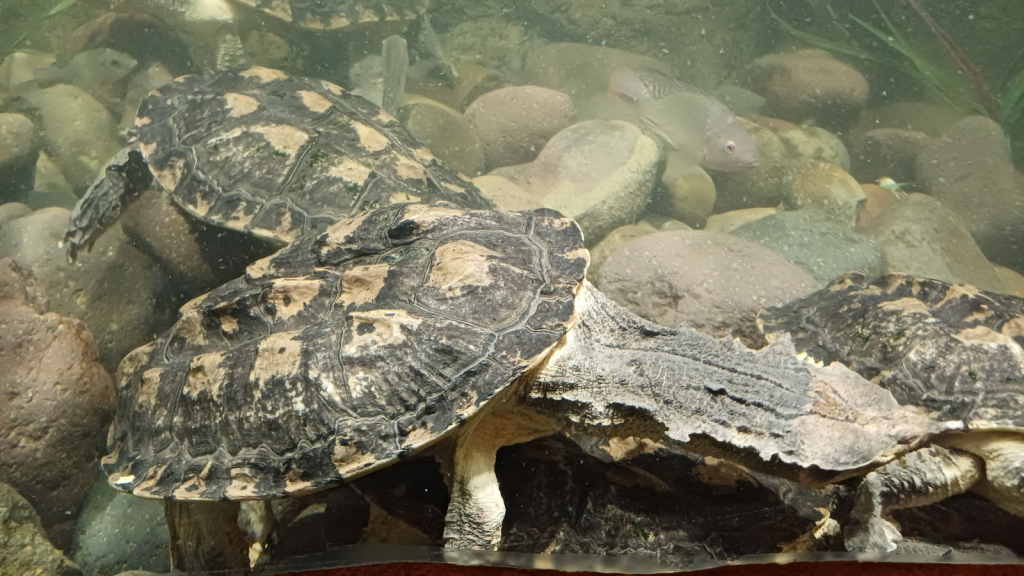
The mata mata turtle looks like a pile of decaying leaves, complete with a leaf-like head and a bark-textured shell. This bizarre appearance is perfect camouflage in its habitat of slow-moving streams and swamps. Mata mata turtles are ambush predators, using their wide mouths to create a vacuum that sucks in unsuspecting fish. Their long necks can shoot out with surprising speed to capture prey.
Goliath Tigerfish
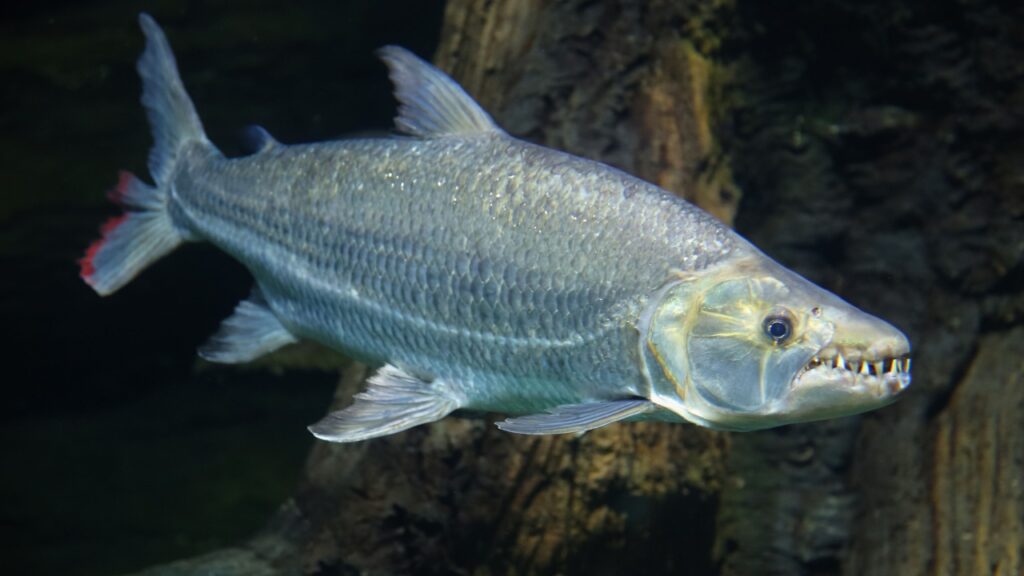
The goliath tigerfish is the stuff of nightmares, with dagger-like teeth that interlock when its mouth is closed. These fearsome predators can grow up to 1.5 metres long and are known to attack humans and even small crocodiles. Goliath tigerfish have excellent eyesight and can swim at high speeds, making them formidable hunters in the rivers of Central Africa.
Hairy Frog
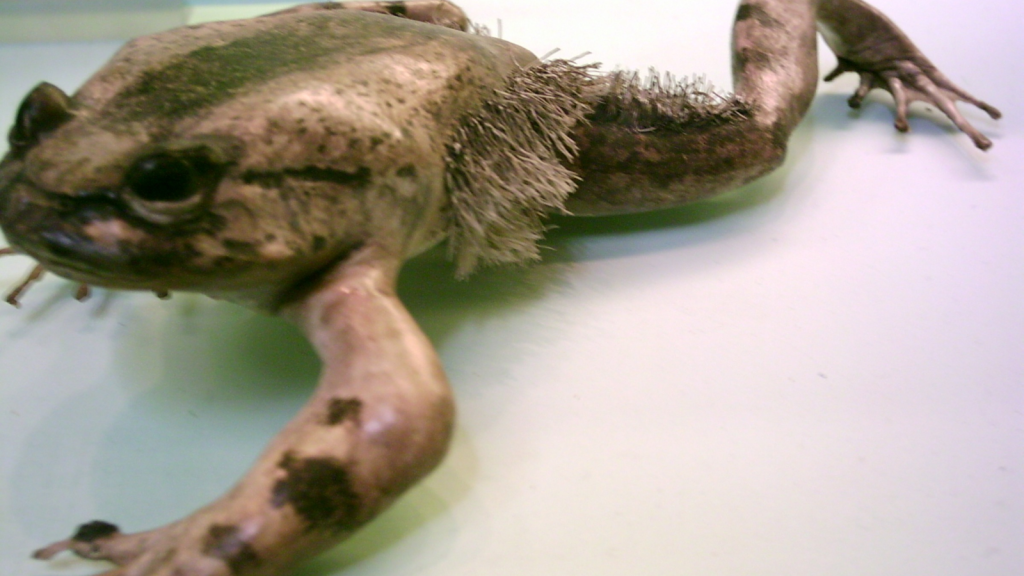
The hairy frog, also known as the horror frog, has an unusual defence mechanism. When threatened, it breaks its own toe bones to create claws that pierce through its skin. The males of this species also develop hair-like structures on their bodies during breeding season, giving them their common name. These bizarre frogs inhabit fast-flowing streams in Central Africa.
Giant Freshwater Stingray
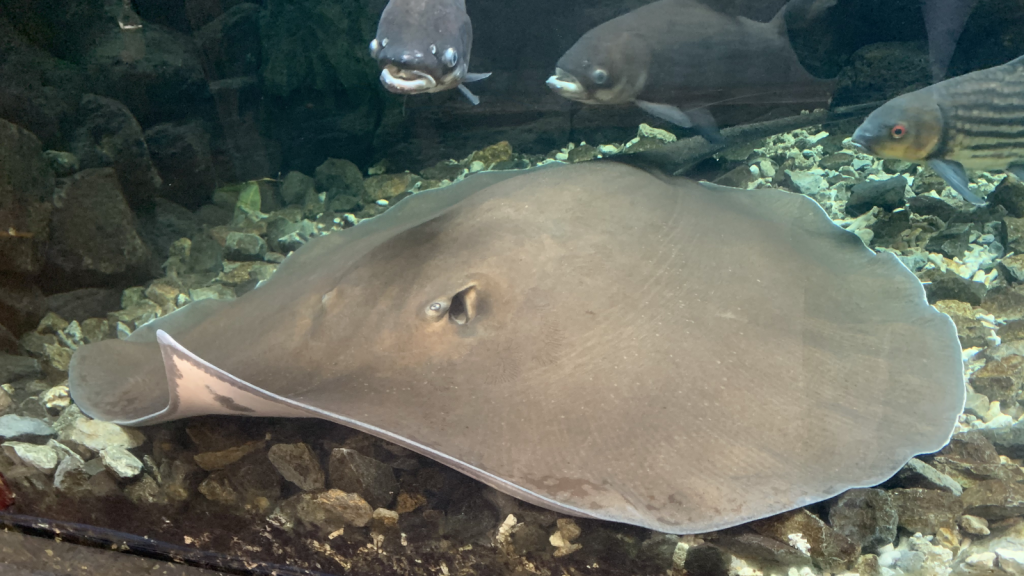
The giant freshwater stingray is one of the largest freshwater fish in the world, with some individuals reaching 5 metres in width. These pancake-flat fish have a venomous barb on their tail that can be over 30 centimetres long. Despite their size, giant freshwater stingrays are masters of camouflage, burying themselves in river sediment to ambush prey or avoid detection.
Hellbender
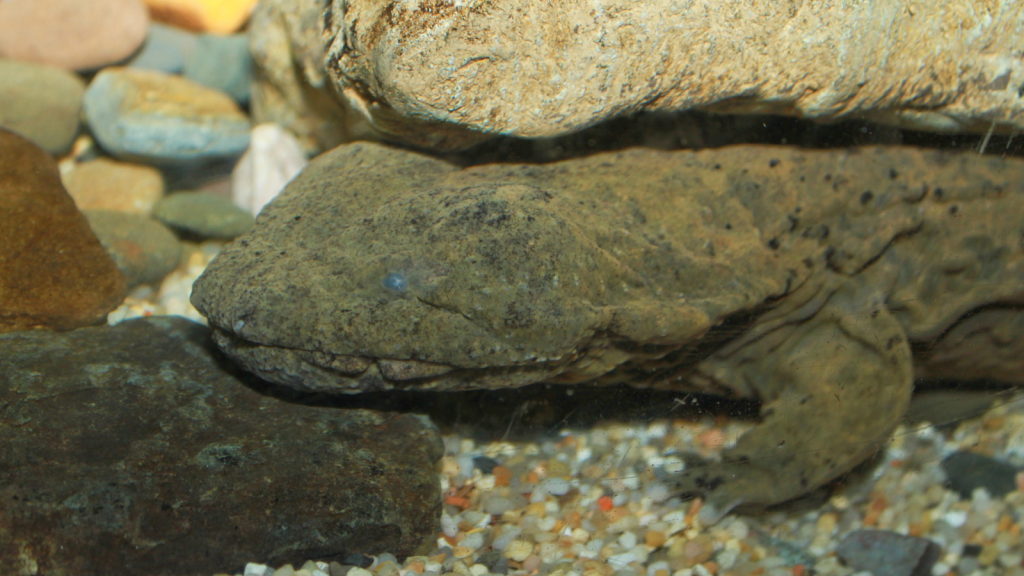
The hellbender is a large salamander with a flat head, wrinkled skin, and beady eyes. These unusual amphibians can grow up to 74 centimetres long and breathe primarily through their skin. Hellbenders have remained virtually unchanged for millions of years, earning them the nickname “snot otter” due to the slimy secretions that coat their skin. Despite their intimidating appearance, hellbenders are harmless to humans and are indicators of clean, healthy river ecosystems.

